My first year of shooting film Part 12
A year ago I posted my first guest post on this website, and I thought that this one-year anniversary called for a recap, a moment of contemplation to investigate where I stand now with respect to film.
I started with a simple and cheap camera, the Minolta Hi-matic 7S. I did get some nice results with it, my favourite is the one below which I shot on Fuji Superia in the Peak District.
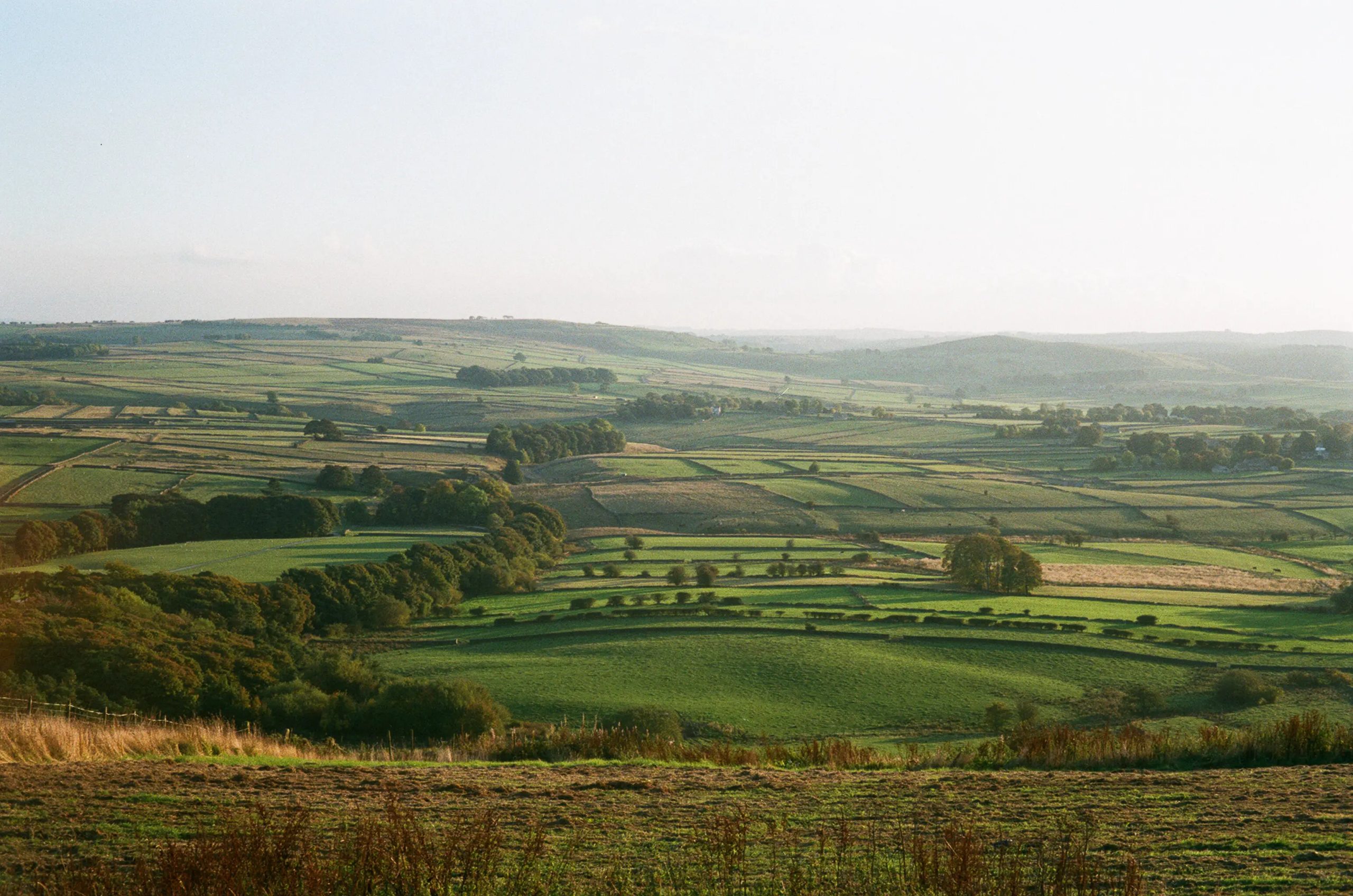
Mainly because of the dim viewfinder I traded it for an Olympus 35 SP, and I also started with black and white. It took me some time to get used to the look, I remember being rather disappointed with this next photo, the first photo I ever took on Tri-X, but I still like it today.
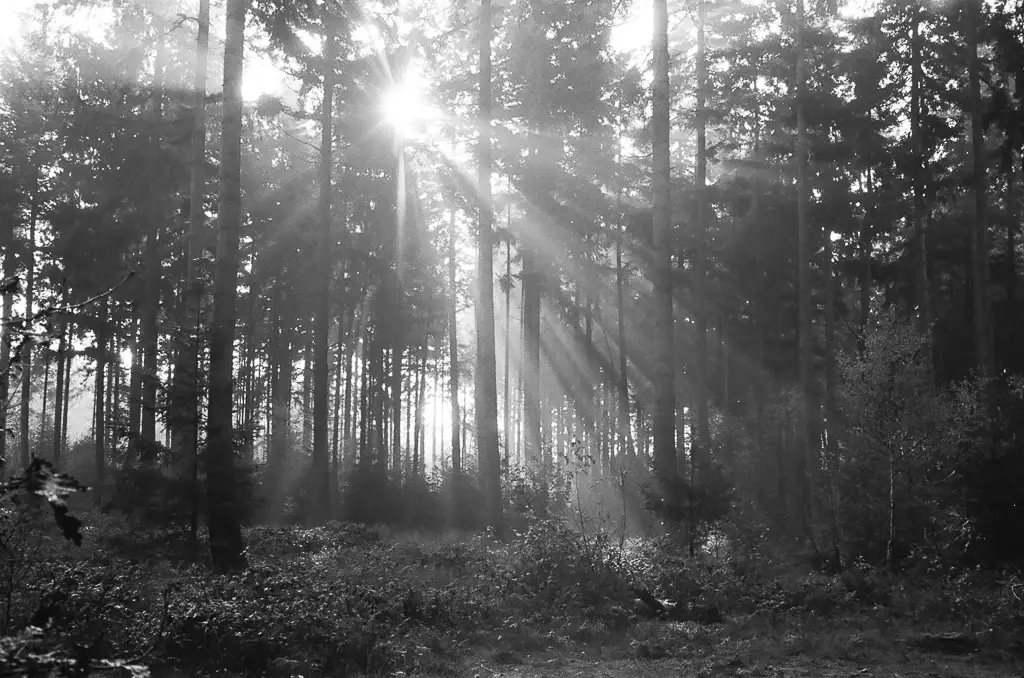
I have to admit that I quickly grew impatient after this. I wanted to see how my Leica lenses would work with film, so for my birthday in November my loving and supporting man bought me a M2. The largest part of the 40 rolls I shot (give or take) have been shot with this M2 combined with my vintage Summilux 50mm (95%) or my modern Summicron 35mm ASPH. With that setup there is nowhere to hide, can’t do much better than that so every failed photo is a failure of myself. I was ready to shoot and learn!
So far I have really enjoyed shooting film, but I still find it difficult to describe what it is that I like. And besides that, I didn’t quit digital photography, and I am not going to any time soon. But more on that later.
What I do like about film is the anticipation, the waiting and the excitement after getting the developed film back. That means that after a trip, for example to Bruges (see photos below) I get to relive the happy times a few weeks afterwards, and I like that. I also like some of the colours and textures on film, but not all of the time.
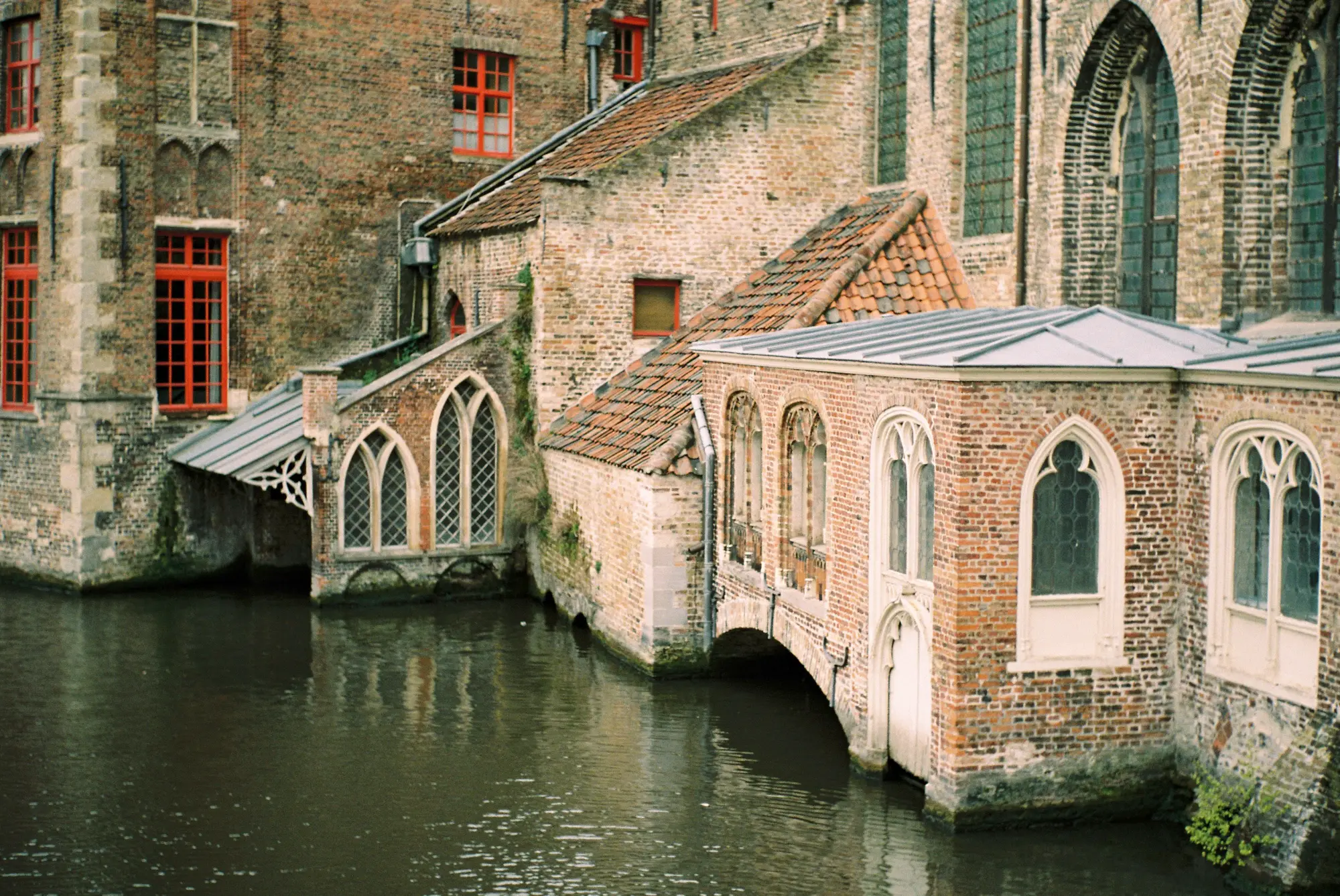
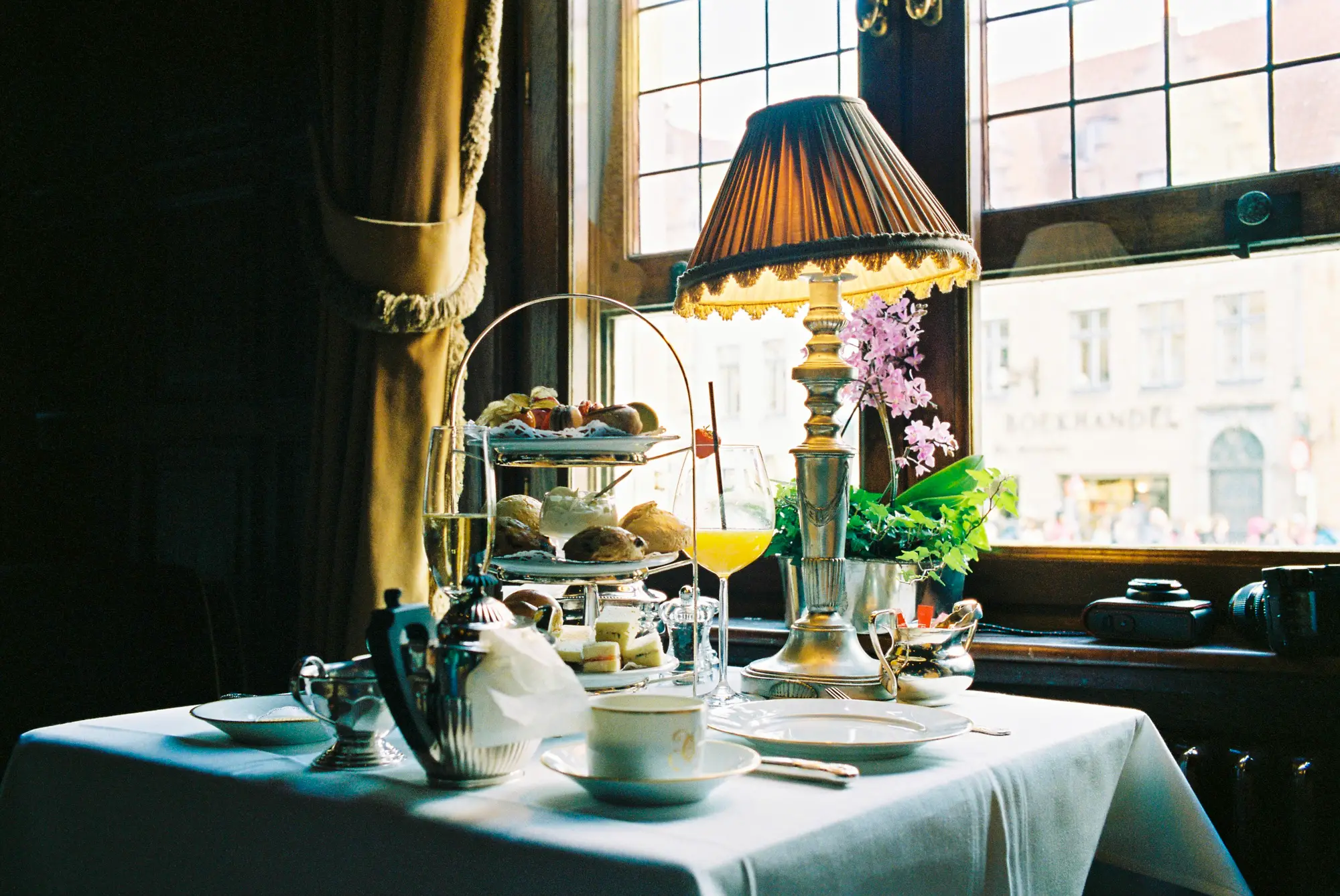
In order to get the learning process going I started doing a 366 project. That has given me mixed feelings so far. I do like integrating photography in my normal life, and having a camera with you all the time feels good. Due to this project I have made some images I really like which I normally would not have made, such as the three photos below.
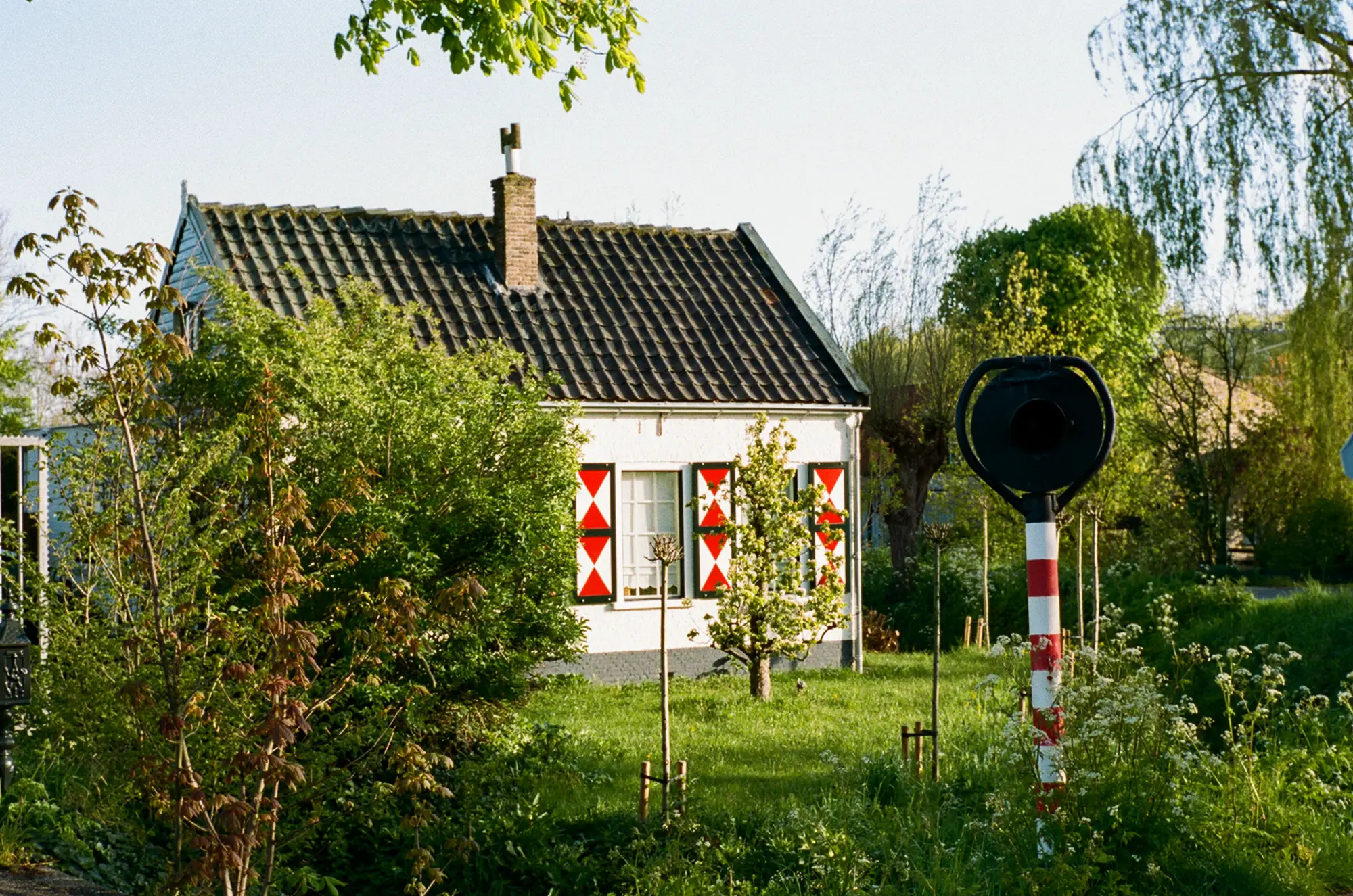
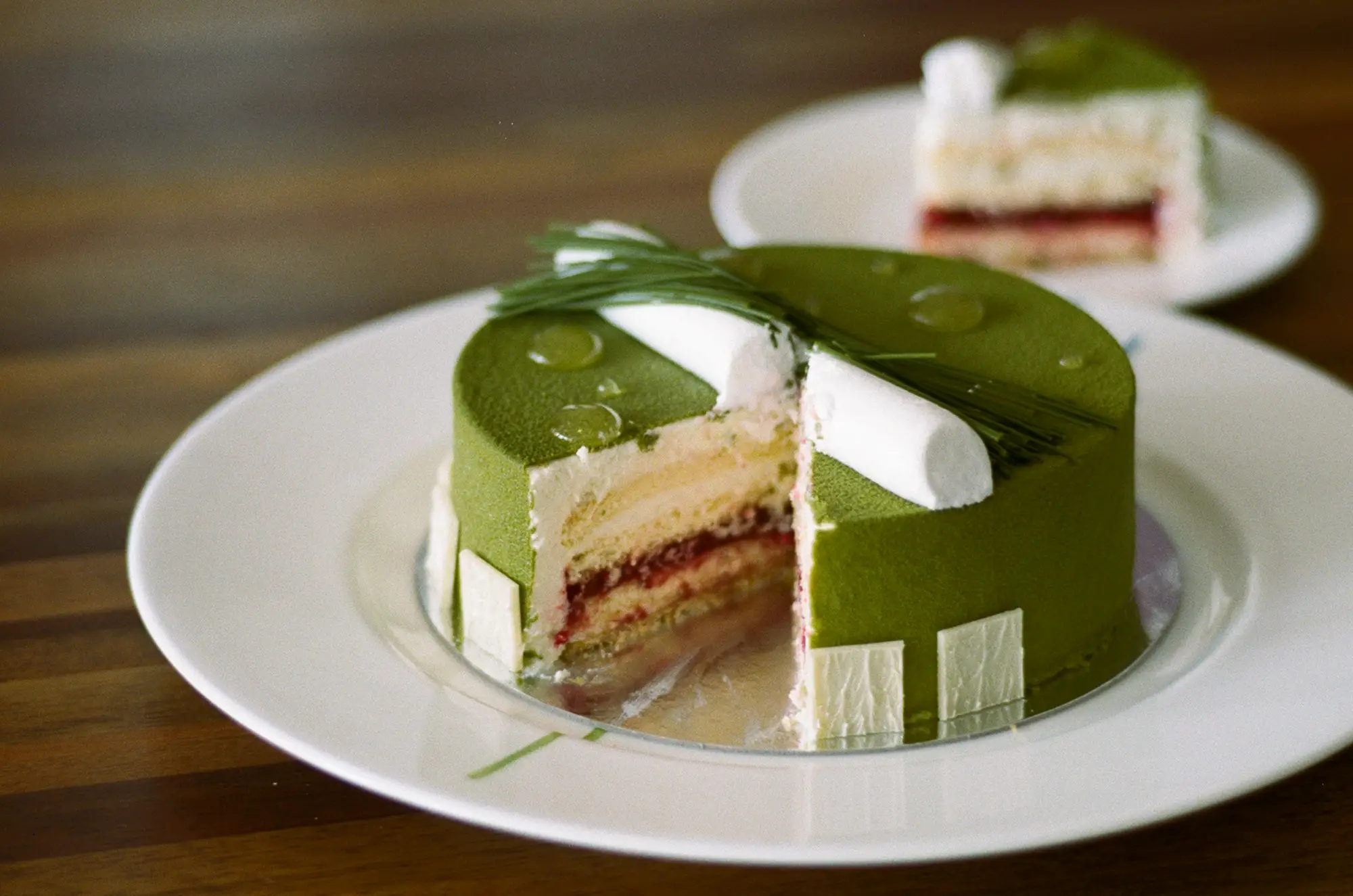
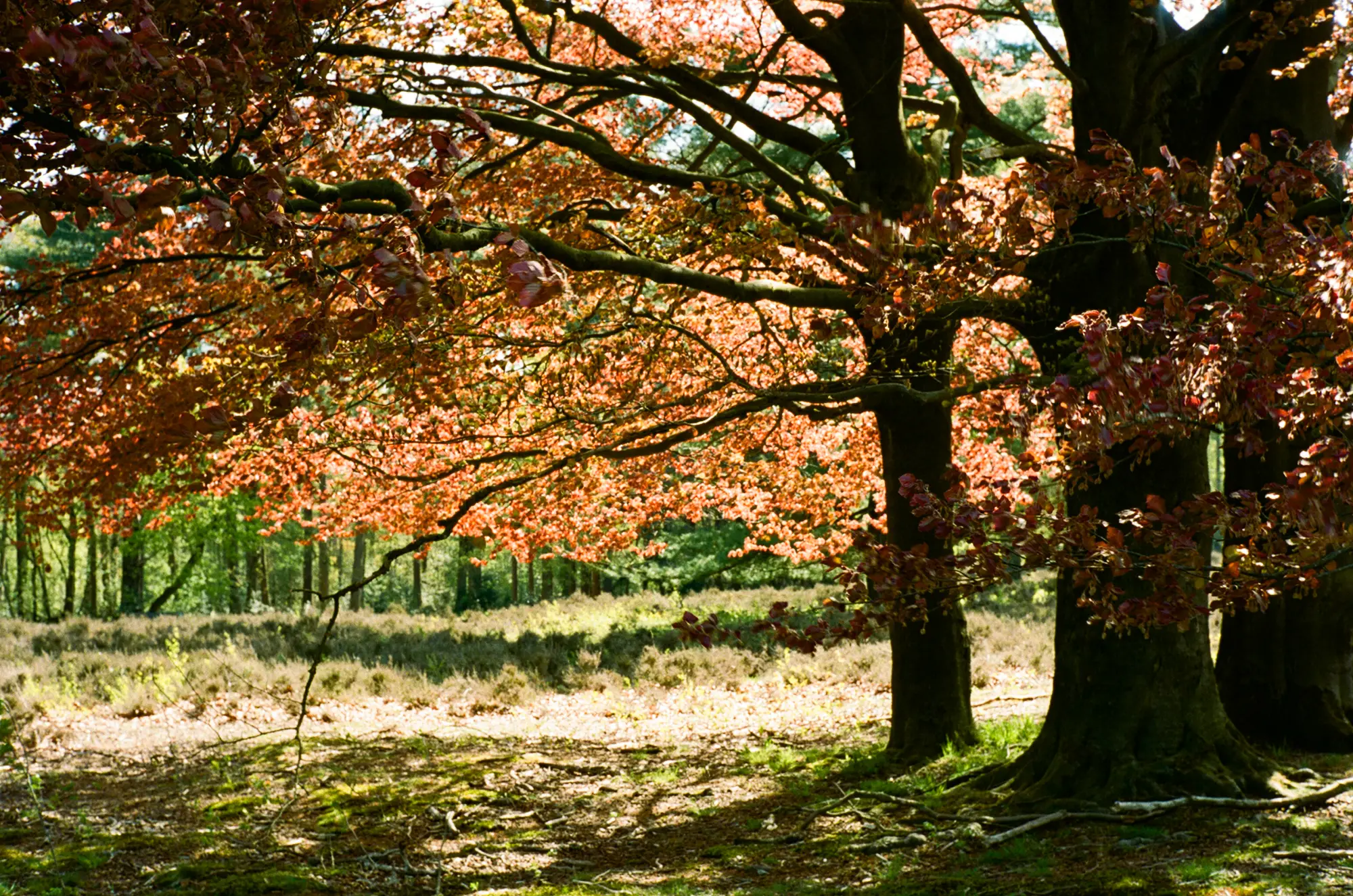
However, it has also made me more aware of the cost of film photography. I know, I have seen the calculations too, but I am not selling my digital camera to fund film and development, so including development and scanning by a lab each photo costs about 30 (euro-)cent. For my 366 that meant that on days where there was just no decent light to be found, I felt like wasting film and money on a photo which wasn’t going to work anyway. I am also doing a different version of the 366 with my digital camera, and there I don’t feel like this. To be fair, I should calculate the value-depreciation and lowered depreciation-period per click, but I didn’t do that (who does that?).
This leads me to another thought that has crossed my mind several times. I know a lot of people value film photography because it makes you think more before you take a photo. This deliberate way of photography leads to a much higher keeper-rate, which of course is always nice. But the downside is that deliberate photography doesn’t allow all that much of experimenting. I don’t remember who it was, but probably someone famous once mentioned that if you don’t fail you haven’t challenged yourself enough. With experimenting I don’t mean taking 100 photos at the same spot with different settings to select the best one afterwards, but I mean trying something that you know is probably not going to work. I am not saying that that can’t be done with film, but with film you are aware of the cost, so it is more likely that you don’t take the chance.
One example of such an experiment (on film!) is the next photo that I took with the Minolta Riva Panorama on a winter morning. For my 366 I usually make a photo on my way to work, but in the winter there is not much light at 8 am. But since I was determined to take a photo everyday, I did it anyway, and one foggy morning this was the result. It took me some time to figure it out, but I am pretty sure that the hexagonal spots are reflections of the flash light caused by the fog. I like the result, I could never have pre-imagined it or make a calculated effort to create something like this. But experiments like these are rare on film, at least for me. For situations like this I prefer my digital camera so I do have the opportunity to try different options free of charge.
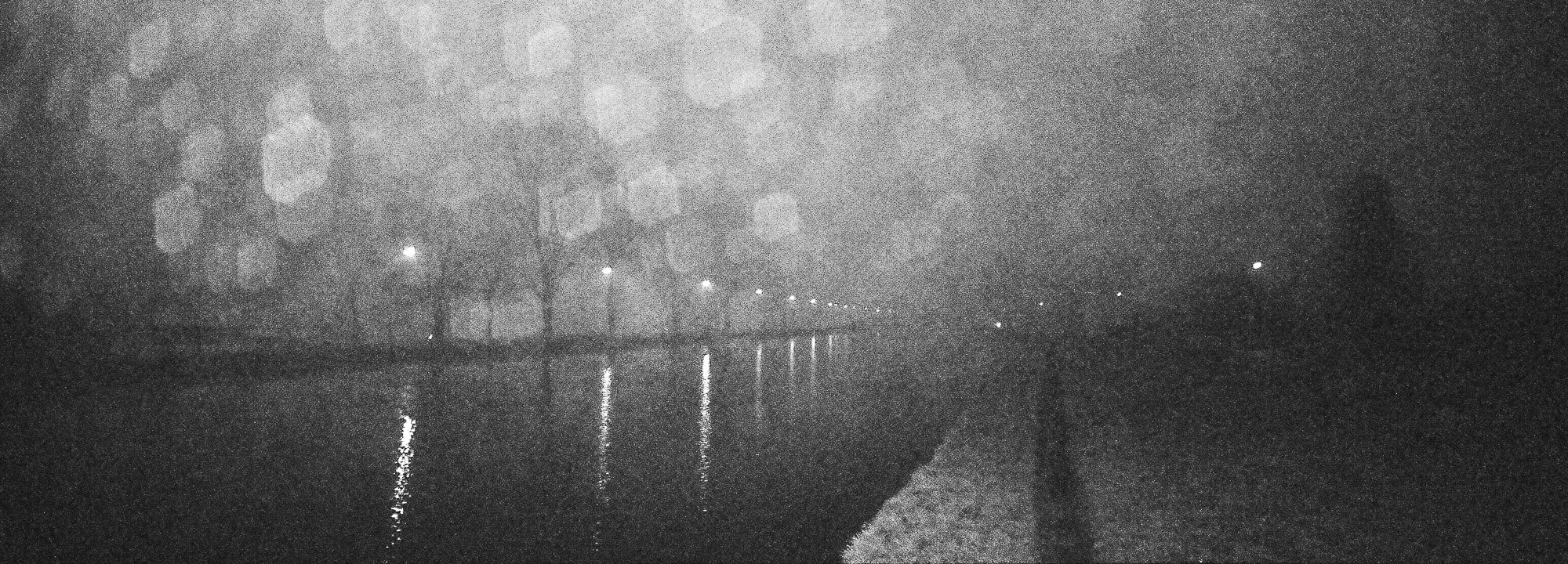
Now that I mentioned the Riva Panorama, I did invest ( 🙂 ) in two small fun camera’s to use next to the M2: the Minolta Riva Panorama and the Rollei 35S. I guess one of the joys of film, highly celebrated on this website, is the large amount of affordable fun cameras that can produce very decent results. Add to that the different film types to play with, and you have endless possibilities. Of course I could challenge this by mentioning the even more endless options in post-processing with filters and presets, but somehow that feels different. In post-processing I can get very anxious about finding the best result, not knowing what that is exactly. I can go over small differences in white balance, tone etc, getting more insecure about the result with every option. With film it seems like I am more willing to accept a certain result from a specific type of film, and appreciate the differences, rather than looking for the one best result.
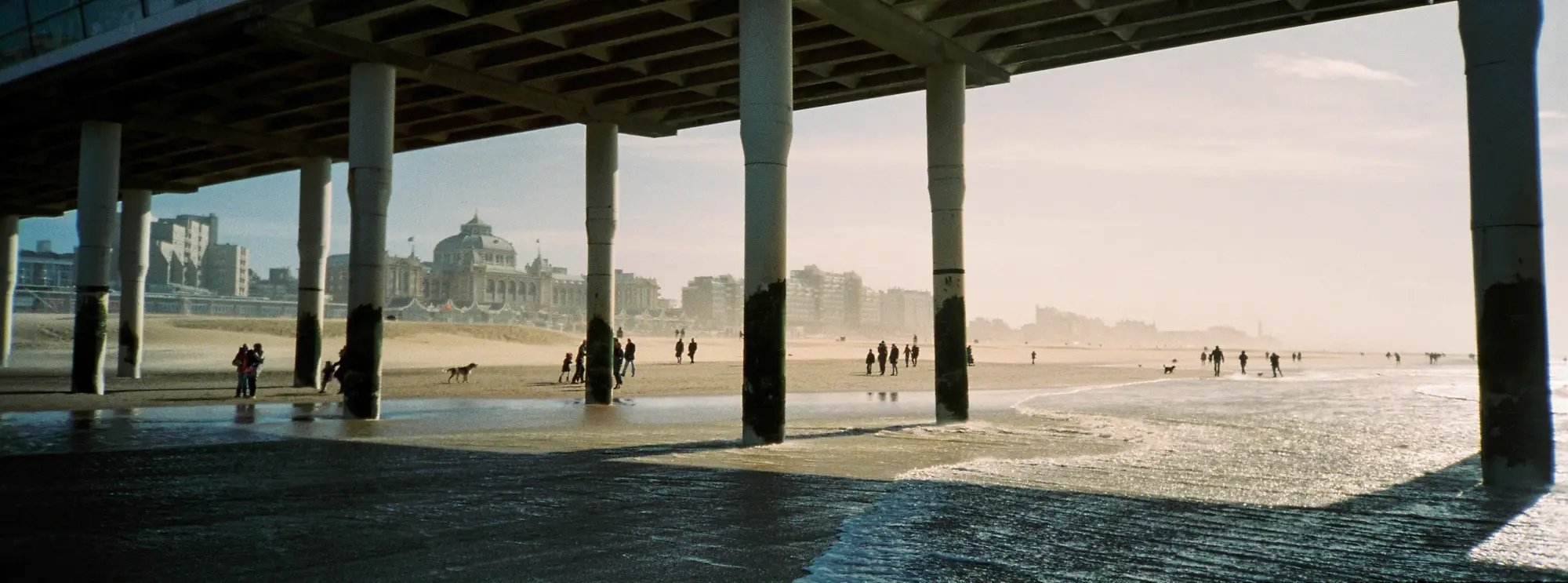
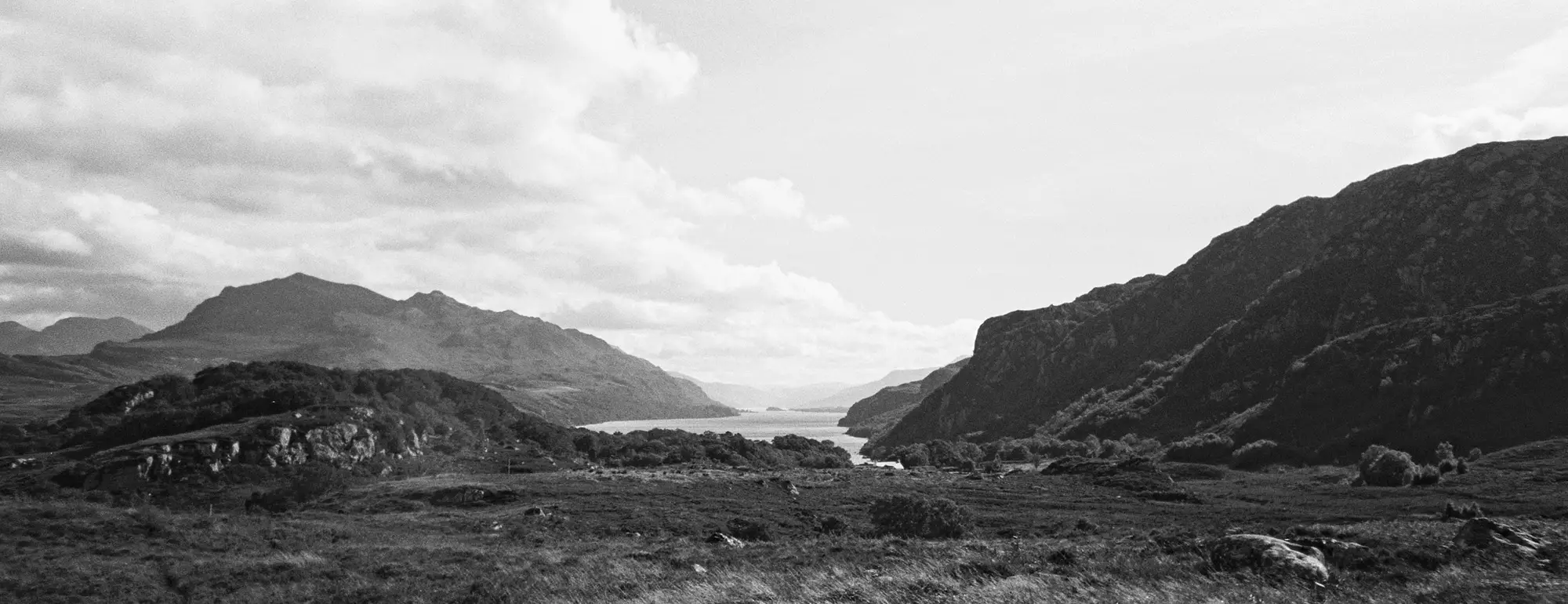
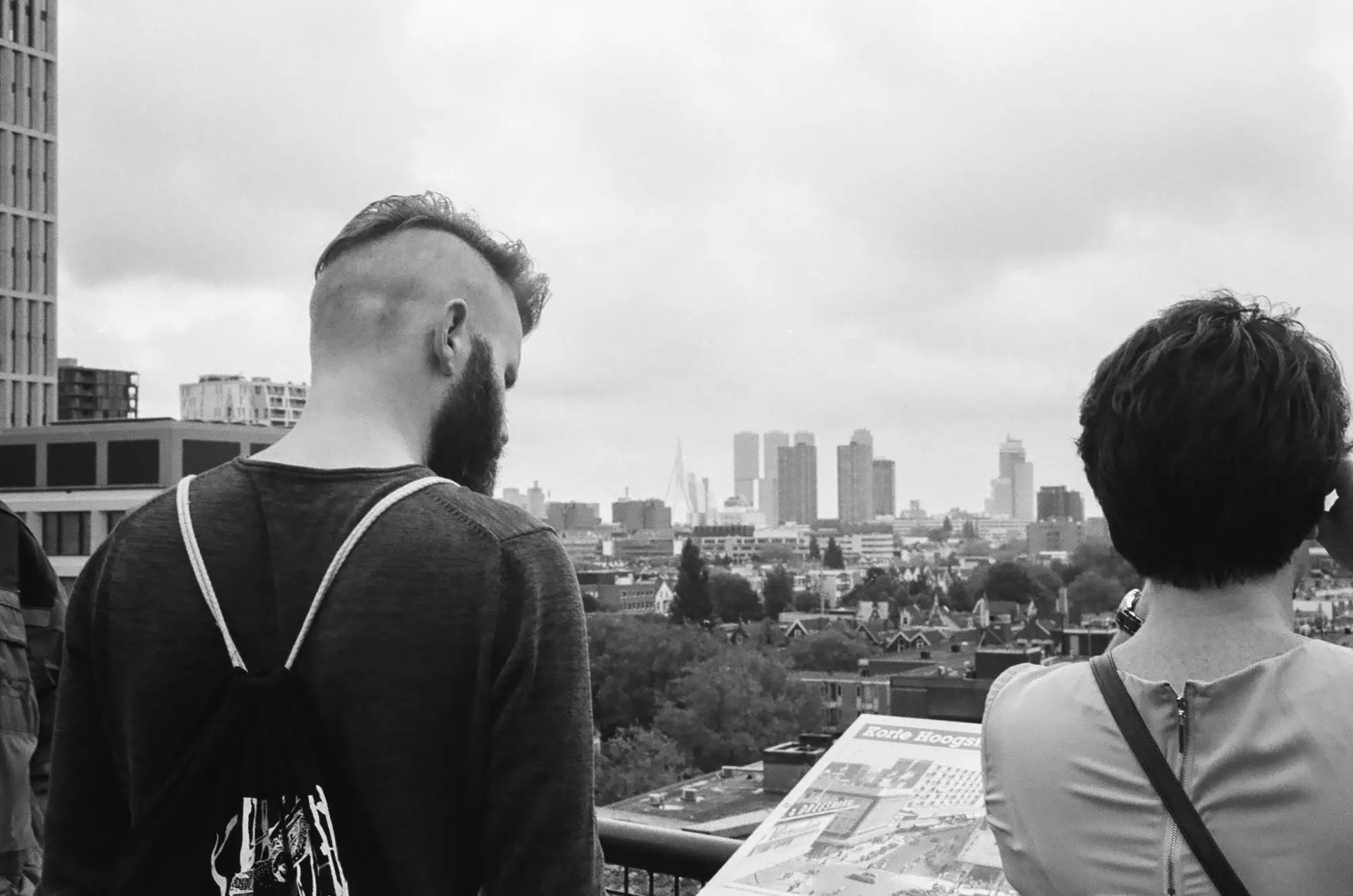
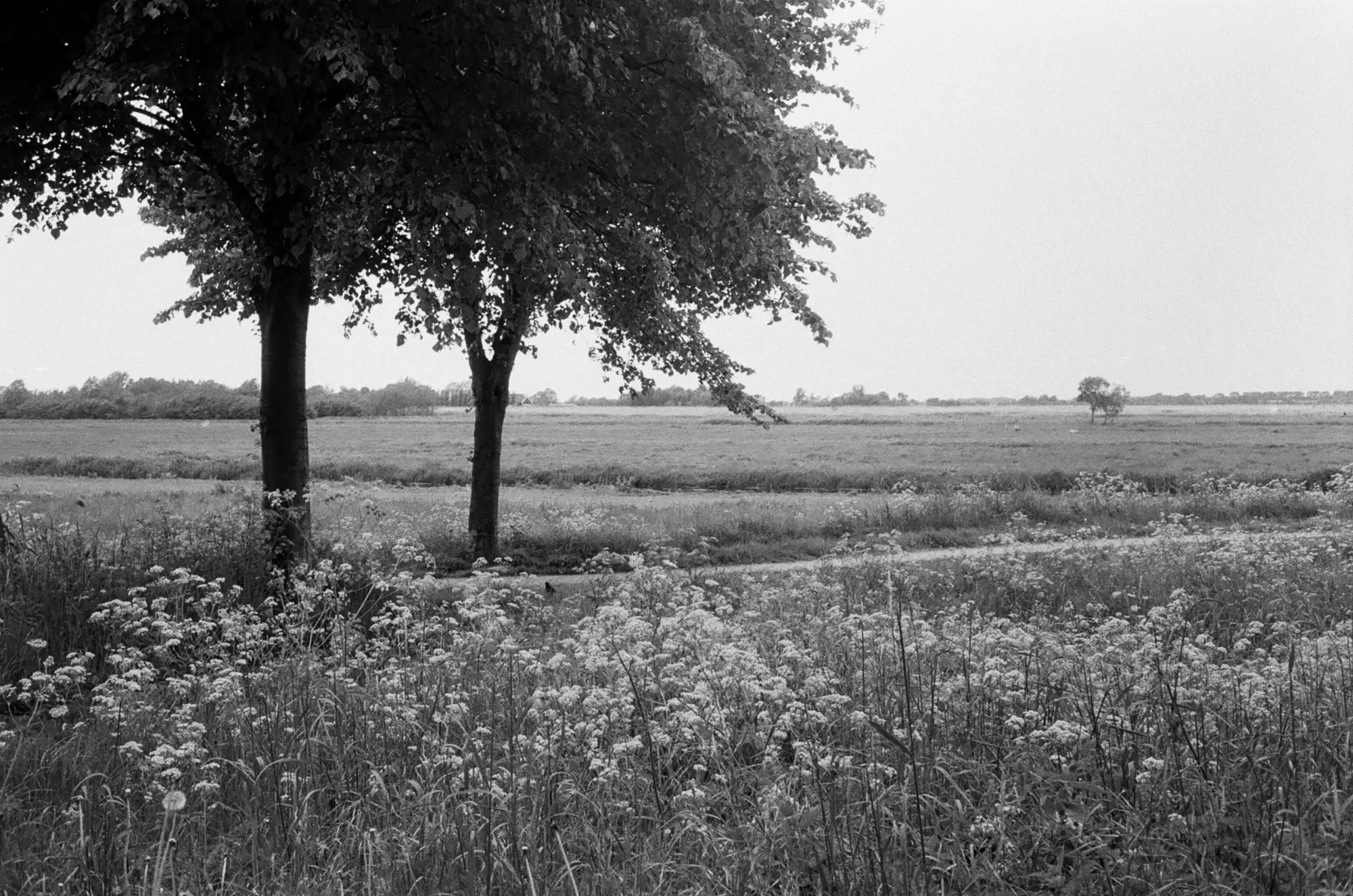
This brings me to a different observation. Am I accepting results from film because part of the process is out of my hand, and does that make me less critical? Sometimes I think that I might prefer a film result because the process is more difficult, and I am therefore more inclined to be happy with the result. I am not sure if I put this down in the right words, but sometimes it feels that people shooting film are satisfied if exposure is right and the colours (or tones) are decent. Main mission accomplished, this is a good photo. But with (automatic) digital cameras exposure is likely to be fine, or can easily be corrected in post, so to be satisfied we need something more than that. This is probably not true for every person shooting film, and I am not even sure if it is true for me, but I am concerned that I am less critical about my film results than I should be. But than again, I am photographing just for fun, so why should I care?
Going back to the keeper-rate and deliberate photography, I recently spent two weeks in Scotland and this is the first time that I actually thought that for my next holiday I might leave my digital camera at home. I refuse to bring an external drive which means that I ‘only’ have about 30 GByte available for storage of digital files. Which meant that I had to do editing and selection during my holiday, as the amount of files I create with freely shooting exceeds this amount after a couple of days. A year ago I really didn’t mind this at all, in fact my favourite day off would look something like this: explore and shoot in the morning, edit and process files in the early afternoon, blog and publish in the late afternoon. However lately I seem to need days, if not weeks, between shooting and being able to form a stable opinion on my photos. And after a couple of days I did get bored with going through all the files, hence the thought of bringing only a film camera next time. Of course some discipline would be a good solution too, but that might be too difficult. But after receiving the developed film and scans I am glad that I have my digital files too. There are some photos that I like (see below), but some of the things that I wanted to capture look much better in my digital files than on film. I am not sure yet if this has to do with the scanning or with my technical ability, for now I suppose it is the latter.
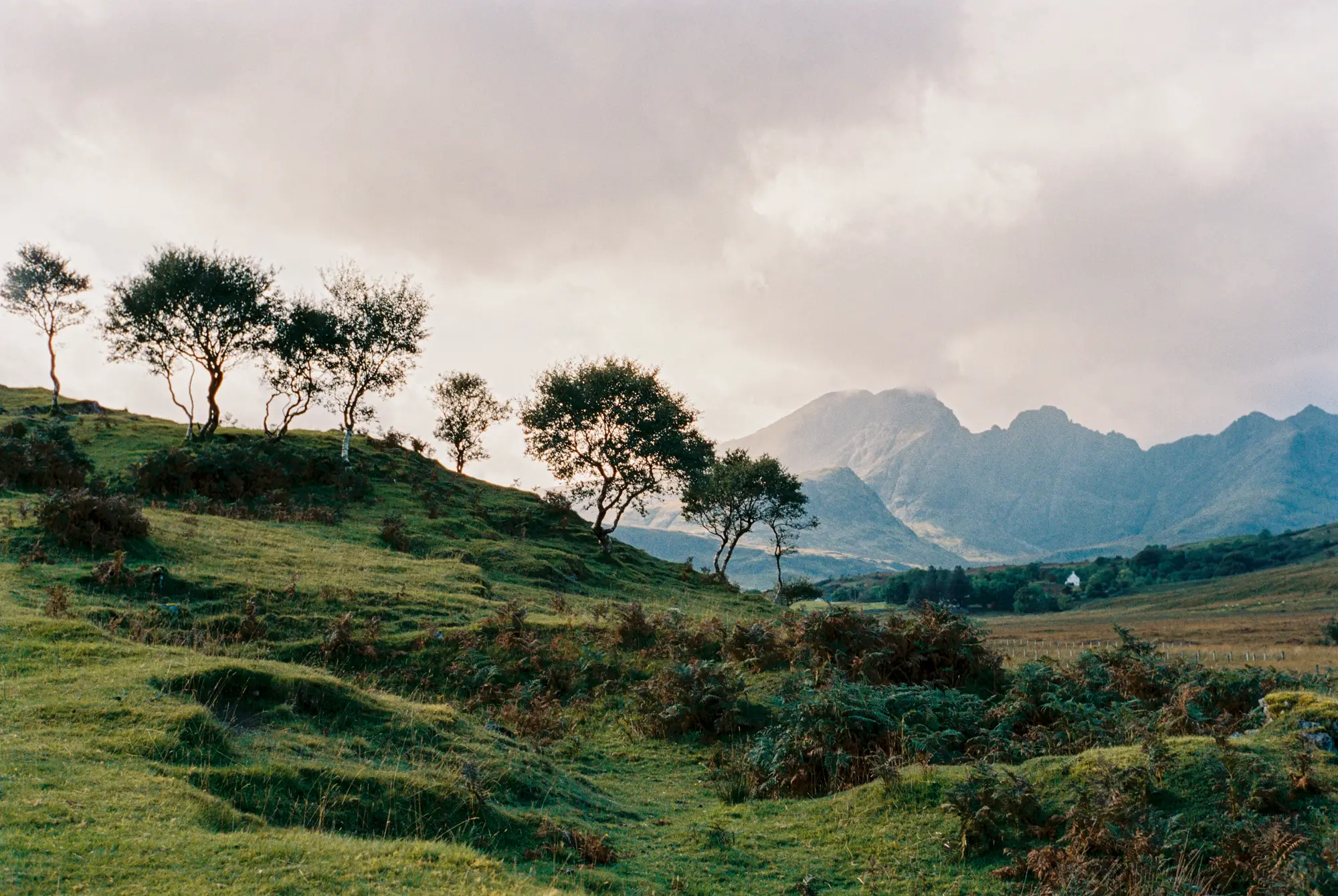
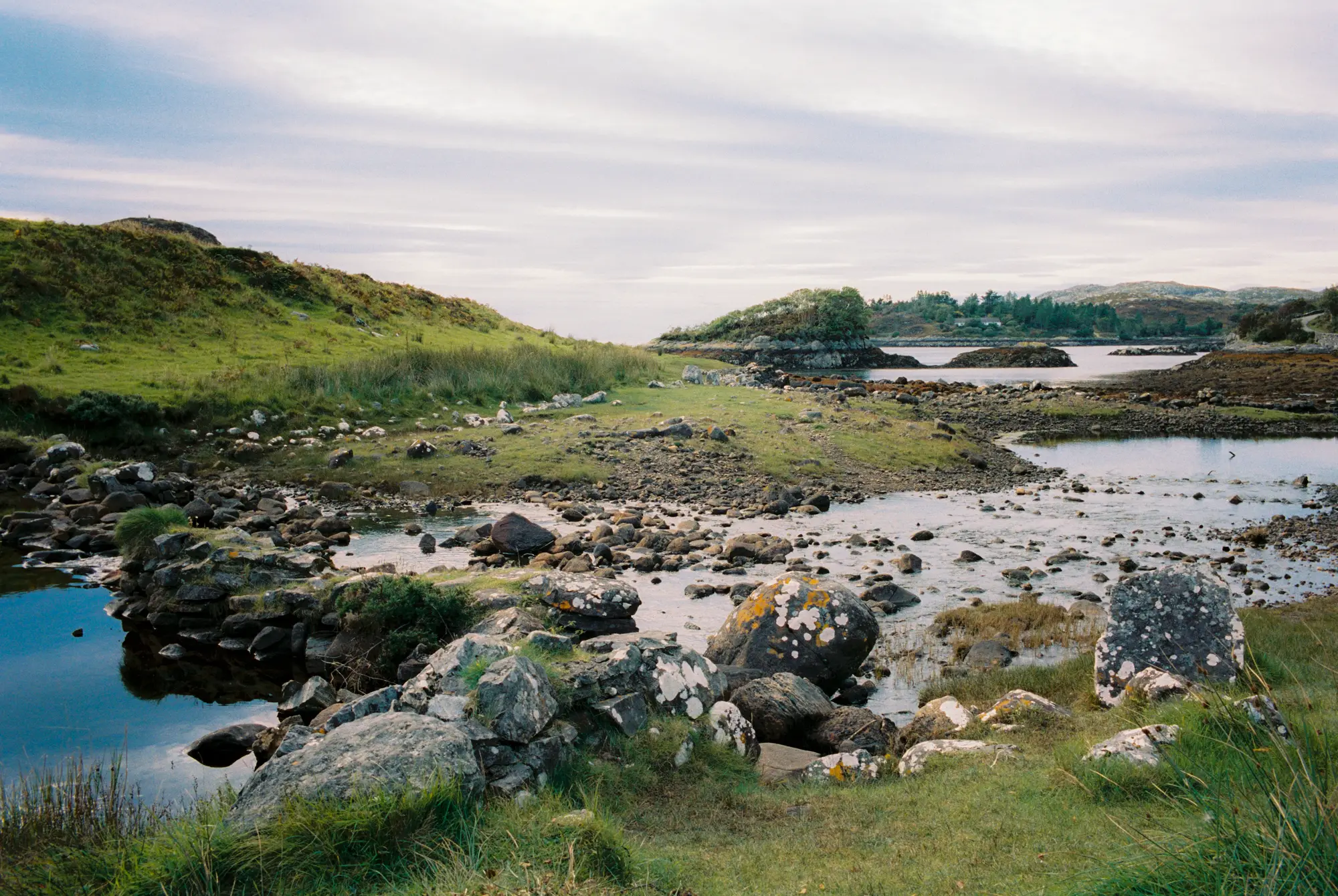
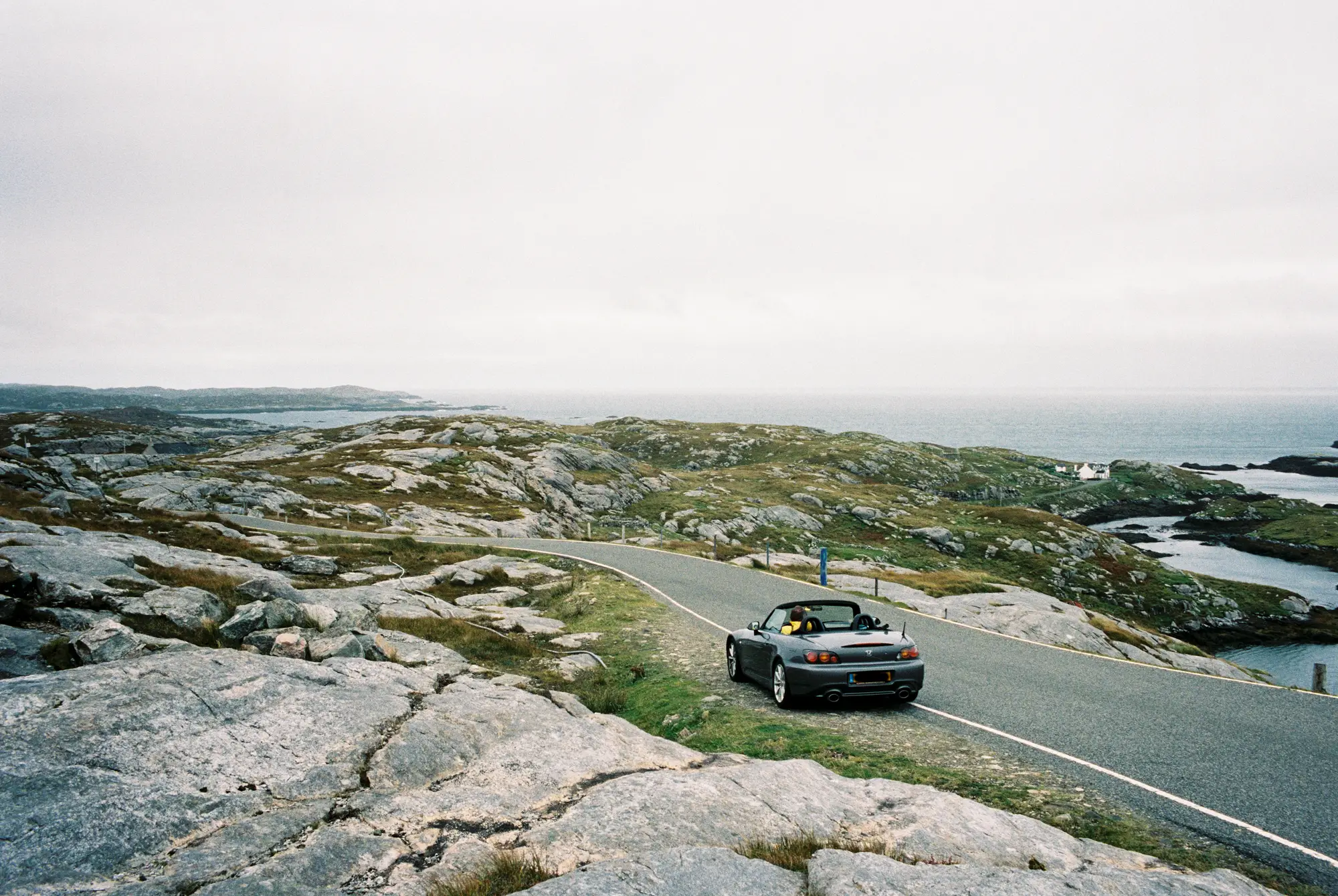
This sort of leads me to my conclusion: I enjoy film photography but I need my digital camera as I am not (yet?) capable enough to achieve everything I want on film. I guess it would be presumptuous to assume that that would be possible by shooting only 40 rolls.
However, in Scotland I shot one image deliberately on film as I thought that it would not be possible to achieve the result with a (or my) digital camera (with a single exposure at least). The photo below was shot directly into the sun, but there is still enough colour in the foreground. I am quite proud of this one!
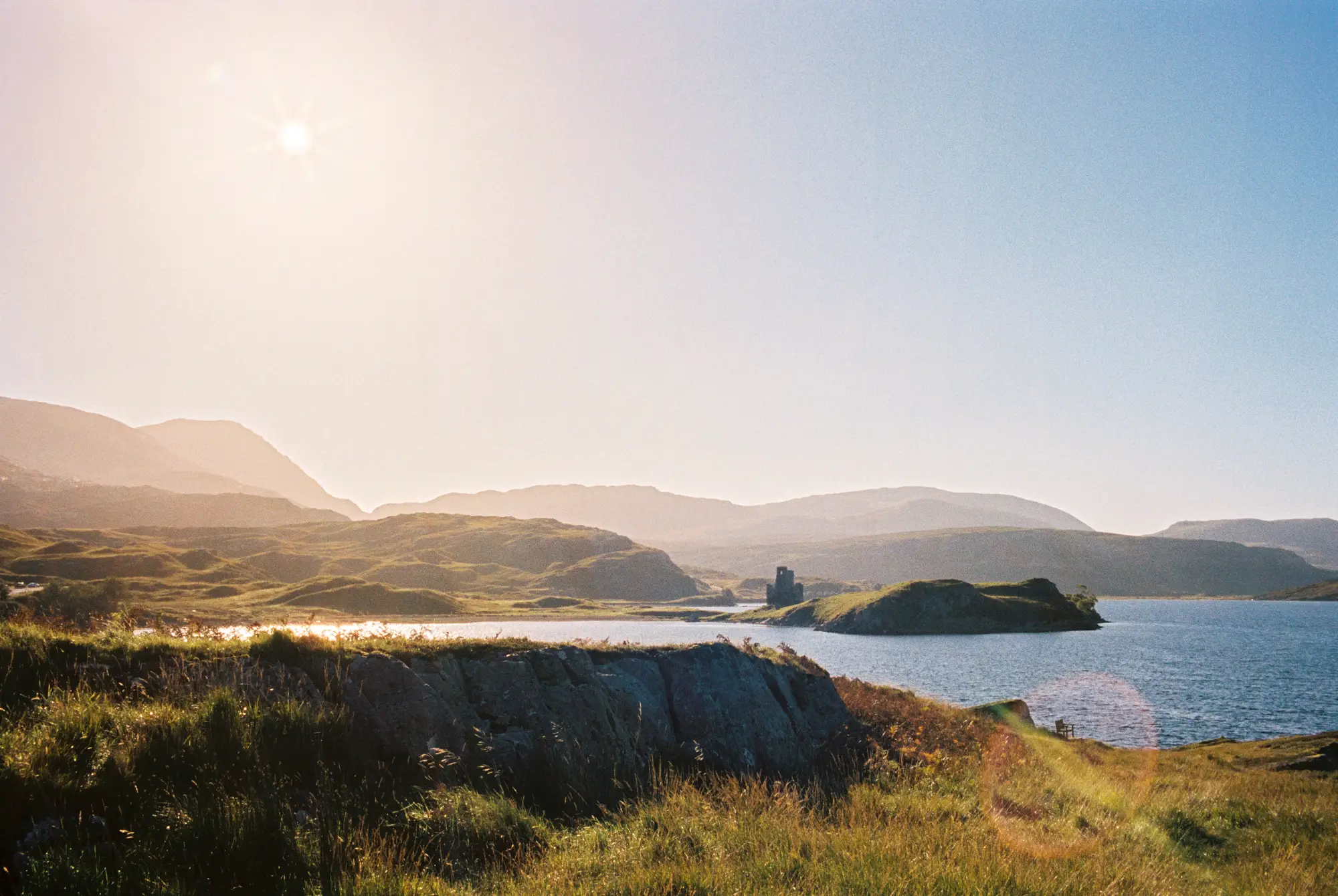
I have been looking for reasons to give people who question film photography and this photo might be one of them. But in the end enjoying the process of shooting film is a good enough reason in itself. That doesn’t mean however that I am not striving for good and better results though!
If you are interested you can find more of my photos, both digital and film, on my website: whataukjesees.com. I am also doing a 366 project on film, which I record on tumblr.
Thanks for reading, and Hamish, thanks for having me!
Read Part 13 of journey into film here.
Share this post:
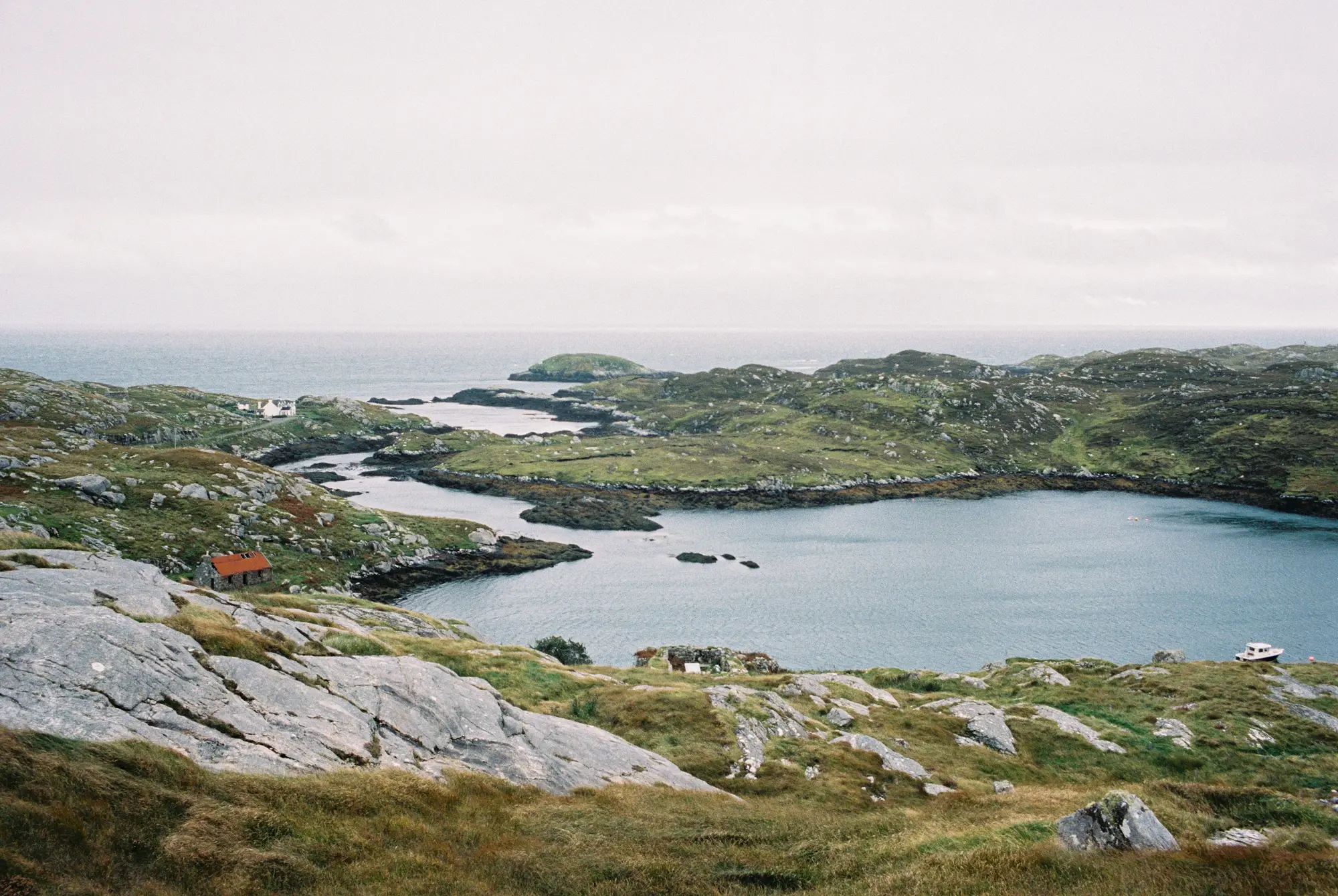








Comments
Teddy on My Thoughts After One Year Of Shooting Film – by Aukje
Comment posted: 07/10/2016
Comment posted: 07/10/2016
Martin Cutrone on My Thoughts After One Year Of Shooting Film – by Aukje
Comment posted: 07/10/2016
Comment posted: 07/10/2016
Des McSweeney on My Thoughts After One Year Of Shooting Film – by Aukje
Comment posted: 07/10/2016
Comment posted: 07/10/2016
David on My Thoughts After One Year Of Shooting Film – by Aukje
Comment posted: 08/10/2016
Comment posted: 08/10/2016
Terry B on My Thoughts After One Year Of Shooting Film – by Aukje
Comment posted: 08/10/2016
I love the way you have captured the late sun in the Peak District, and I really like the misty shot of the canal. Who could have foreseen this result?
I agree with you that the water droplets in the mist have reflected the light of the flash, but I am going to make an assumption regarding the cause. I suspect that the Riva must have a four-bladed aperture and the effect we are seeing in your image is the flash being reflected off the closest water droplets back into the lens. This could explain the multiple reflections and which are all slightly different owing to the reflected light come from different point sources and at unequal distances from the flash.
Do we see squares or hexagons? I see mostly squares, but then I look again and some, but not all, do appear to have hexagonal tendencies. I've looked at this image for quite some time, and I'm still undecided which is the main one. Oddly, when I see a hexagon, it also appears as a square in relief, or a shallow box. In relief I see three short sides providing depth, and what would be the lid or top of a box provides the four equal length sides. This is why I see a square, but with depth.
Now if your Riva does have a four-bladed aperture, then I would stick my neck out and say these ghost images are squares, albeit slightly distorted. But if it has a six-bladed aperture, then hexagons they must be, and I stand corrected. :D)
Comment posted: 08/10/2016
Comment posted: 08/10/2016
Comment posted: 08/10/2016
Paul on My Thoughts After One Year Of Shooting Film – by Aukje
Comment posted: 08/10/2016
Comment posted: 08/10/2016
John on My Thoughts After One Year Of Shooting Film – by Aukje
Comment posted: 08/10/2016
Comment posted: 08/10/2016
Comment posted: 08/10/2016
Comment posted: 08/10/2016
Comment posted: 08/10/2016
jklphoto on My Thoughts After One Year Of Shooting Film – by Aukje
Comment posted: 08/10/2016
Is film limiting? Of course, fixed ISO being the biggest factor. But show me a full-frame digital camera as small and elegant as a Leica M film camera. Buy a 500 Series Hasselblad and you will really fall in love with analogue photography. Shoot what you love, love what you shoot!
Comment posted: 08/10/2016
Pim on My Thoughts After One Year Of Shooting Film – by Aukje
Comment posted: 09/10/2016
Twee vragen: de 30 cent per foto wordt in hoge mate bepaald door de prijs voor het scannen. Waar laat je dit doen?
Hoe heb je dit belicht? Met een separate meter ?
Groet
Comment posted: 09/10/2016
Comment posted: 09/10/2016
Lukas on My Thoughts After One Year Of Shooting Film – by Aukje
Comment posted: 09/10/2016
Comment posted: 09/10/2016
Louis A. Sousa on My Thoughts After One Year Of Shooting Film – by Aukje
Comment posted: 10/10/2016
Comment posted: 10/10/2016
George Appletre on My Thoughts After One Year Of Shooting Film – by Aukje
Comment posted: 10/10/2016
Most of panoramic cameras trend vigneting in some extend. But it fits very good in it.
Comment posted: 10/10/2016
Michael Ricciuti on My Thoughts After One Year Of Shooting Film – by Aukje
Comment posted: 12/10/2016
Comment posted: 12/10/2016
Ken Hindle-May on My Thoughts After One Year Of Shooting Film – by Aukje
Comment posted: 17/10/2016
1. Available light is a big problem in the winter months, so lunch breaks are your friend. I downloaded the Blue Hour android app, which tells you when sunrise, sunset and the golden and blue hours are for your location. Golden hour and blue hour are more accessible on winter mornings.
2. Plan, plan, plan. Start by making a list of things you think might be good to shoot so you can try to get them on days when nothing jumps out at you. If you've already taken a good shot that day and see something else you like, add it to the list. This isn't digital, we don't have the luxury of taking an unremarkable shot and making it interesting in Photoshop and the other mainstay of digital P365 (endless macro shots of whatever you find lying around the house) isn't really open to you either - macro on film is UNFORGIVING.
3. Safety in numbers. I bought a lot of new cameras in order to keep the project fresh (cheap ones - my Olympus XA was by far the most expensive at £50) and as a result, I was often shooting more than one camera at a time. Fortunately, on the few occasions I suffered a total camera failure, I'd shot something on the other camera so didn't have to leave a blank space. From this, I also learned that I really like carrying one camera with colour film and one with B&W.
4. Beware overconfidence. Although I did manage to get a shot for every day of the project, there were probably 20-30 days where I really wasn't very happy with what I ended up with. This usually happened because I'd convinced myself I'd got a killer shot, only to realise the focus wasn't right when I finally got the negs back. This is a particular risk with AF compacts, so shoot accordingly.
5. You miss 100% of the shots you don't take. There were a couple of times when I saw an interesting scene while I was rushing somewhere and made a mental note to grab a shot on the way back, only to find the scene had changed by the time I got back (usually rubbish or broken things being taken away). Later in the project, I saw some very photogenic flowers while late for work and made myself even later by crossing the road to shoot them. I looked for them on the way back home, in case I could come up with a better angle, but they'd all been chopped down!
While I don't think I'd ever want to do another Project 365 (it felt like a chore at times and it has been a blessed relief to only shoot/share what I want to), I'm really glad I did it. Not only did I learn a great deal about cameras and film, but my photography improved a lot (at least, I think so). Perhaps more importantly, I feel like I finished the year with a much clearer sense of my 'voice' as a photographer i.e. what I like to shoot and what I shoot well.
The finished project can be viewed on Flickr: https://www.flickr.com/photos/90524886@N00/albums/72157650622415526
Comment posted: 17/10/2016
Joe on My Thoughts After One Year Of Shooting Film – by Aukje
Comment posted: 20/10/2016
Comment posted: 20/10/2016